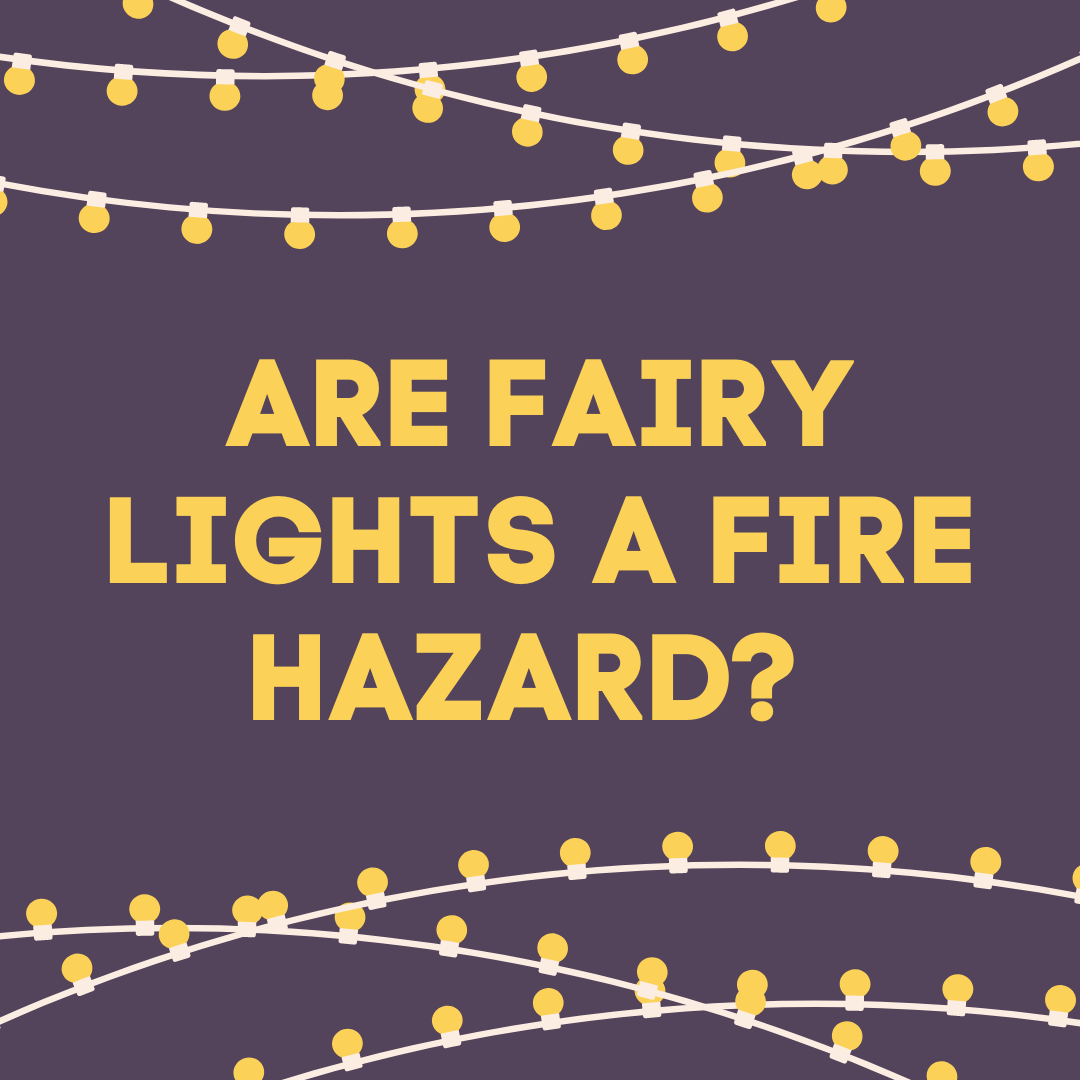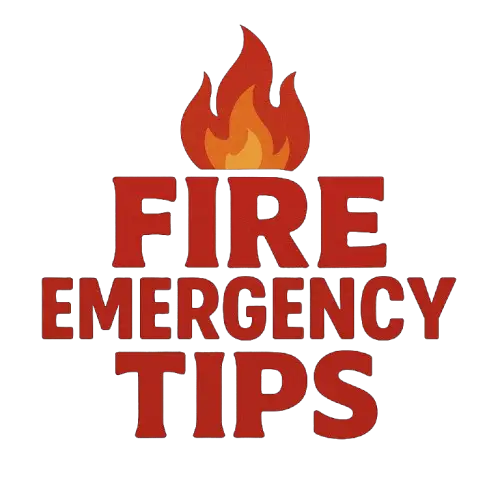
Fairy lights are a popular decoration item that is often used to add ambiance and charm to a space. These lights are available in various shapes and sizes and are commonly used for decorating trees, shrubs, walls, and ceilings, among other things. While they are typically viewed as safe, there have been concerns about whether they pose a fire hazard. In this article, we will explore this issue and determine if fairy lights are indeed a fire hazard.
Fairy lights can be a fire hazard if they are damaged, misused, or left unattended. Overloading an electrical socket or using them near flammable materials can increase the risk of fire. It’s important to read and follow the manufacturer’s instructions, use them in a safe location, and switch them off when not in use.
Perhaps you have never used fairy lights and you just came across it, or you want to understand whether fairy lights can be a fire hazard or not. In this article, we will explain everything that you need to know apart from the answer above.
What are Fairy Lights?
Fairy lights, also known as twinkle lights, are a string of small bulbs that are connected by a wire. These lights are typically used for decorative purposes and are available in a wide range of colors, sizes, and shapes.
Fairy lights can be powered by electricity, battery, or solar energy, and are often used to add a festive touch to celebrations such as Christmas, weddings, and parties.

Factors that Determine the Fire Hazard of Fairy Lights
Several factors determine the fire hazard of fairy lights. These include the type of bulb used, the quality of the wiring, and the power source. LED bulbs, for instance, are known to produce less heat than incandescent bulbs and are, therefore, less likely to pose a fire hazard.
Similarly, lights that are powered by solar energy are safer than those that are connected to an electrical outlet, as there is no risk of an electrical short circuit.
The Quality of Wiring
The quality of the wiring used in fairy lights is an essential factor in determining their fire hazard. High-quality wiring is made of durable materials and is less prone to damage, which reduces the risk of an electrical short circuit.
In contrast, low-quality wiring is often made of cheap materials and is more likely to fray or break, which can result in exposed wires that pose a fire hazard.
Overheating and Overloading
Another factor that can increase the fire hazard of fairy lights is overheating and overloading. When too many lights are connected in a single string or when they are left on for an extended period, they can overheat and become a fire hazard. This can be especially dangerous if the lights are placed near flammable materials such as curtains, fabrics, or paper.
Tips for Using Fairy Lights Safely
To ensure that fairy lights are used safely, it is essential to follow these precautions:
- Firstly, always purchase high-quality lights that are made from durable materials and have been tested for safety.
- Secondly, avoid connecting too many lights in a single string, and ensure that they are not left on for an extended period.
- Thirdly, always turn off the lights before leaving the house or going to bed.
- Fourthly, avoid placing the lights near flammable materials such as curtains, fabrics, or paper.
- Lastly, regularly check the wiring of the lights and replace any damaged or frayed wires immediately.
Conclusion
In conclusion, fairy lights are not inherently a fire hazard, but their fire hazard depends on several factors such as the type of bulb used, the quality of the wiring, and the power source.
To ensure that fairy lights are used safely, it is essential to follow certain precautions such as purchasing high-quality lights, avoiding overloading and overheating, turning off the lights when not in use, and regularly checking the wiring for damage.
By following these precautions, you can enjoy the beauty and charm of fairy lights without having to worry about the risk of a fire hazard.
Read also:
